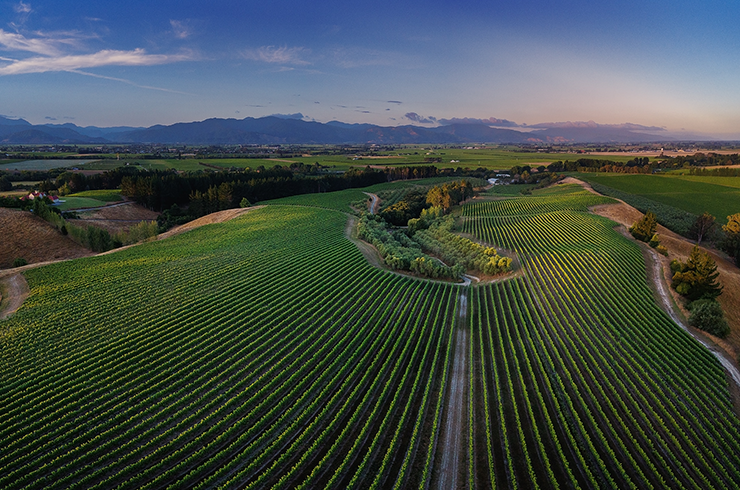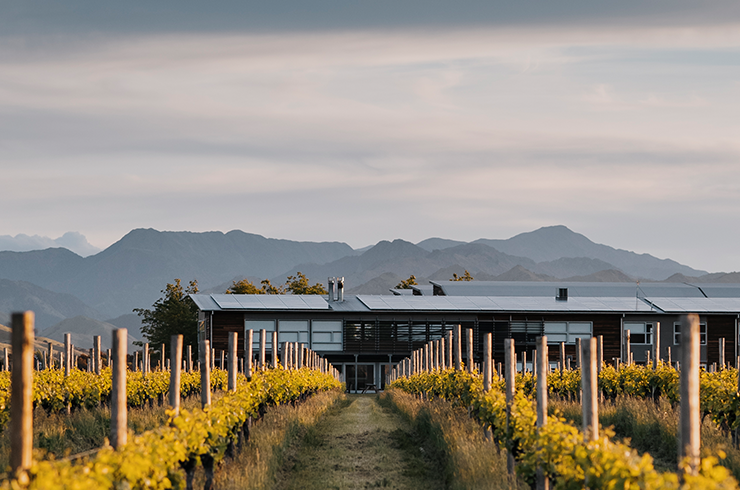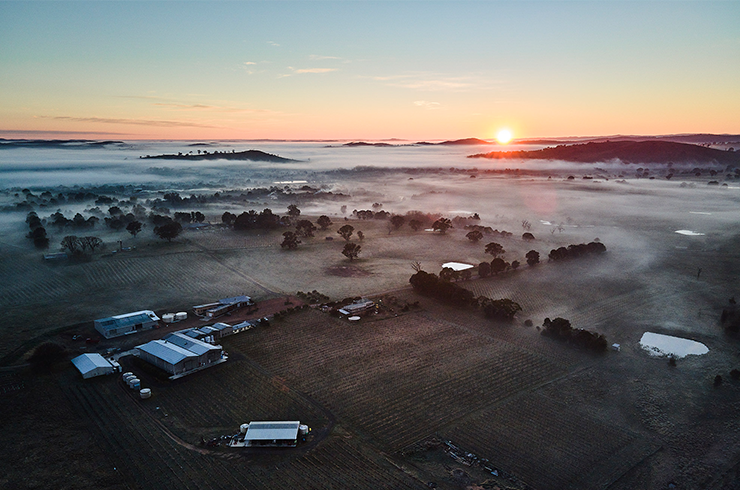Malbec is historically a blending variety across the alluvials and heavier clays of Bordeaux in France and farther south in Cahors, where it is called both cot and auxerrois.
It has since become an export juggernaut thanks to savvy Argentines and a cadre of well-paid Californian and French producers, plying their expertise while playing with altitude in and around Mendoza – Cheval Blanc, Michel Roland, Pierre Lurton and Paul Hobbs among them. There, a nexus of high-desert vineyards, alluvial soils, UV intensity, high-tech viticulture and snowmelt from the Andes make it possible to ripen malbec at vineyards close to 3000 metres of elevation. Catena’s vineyards are purportedly the highest in the world.
The ensuing wines are plush, trading on ample dry extract, deep in colour, with bright natural acidity and a smooth sheen of massaged tannins melded with high-quality French oak. They are textural, mostly full-bodied, and brimming with blue to dark fruit tones. Low labour costs mean the drinker can have their cake and eat it too, so to speak. Argentine malbec reminds me of many Californian wines, except without the hefty price-tag.
The “black wine” of Cahors, as it has been known since Medieval times, is largely anything but. My experience as a student in France indicated overly cropped, thin and excessively astringent wines to be the norm. Recently, however, charged by a younger tribe of minimalist producers eager to resurrect the region’s reputation, quality fruit is sourced from vineyards on the higher limestone plateau rather than the humid alluvials, fertile and flat. Riper, loosely knit and pulpier wines, the product of gentler extractions, and sometimes longer ageing, are the result. These include wines from Mas del Perie, Chateau Combel-la-Serre, Chateau Les Croisille, Domaine du Prince and Meitaire Grande dunTheron.
Malbec’s physiognomy lends itself to wines of ample colour, blue fruit accents, violet aromas, a herbal chord and firm, juicy tannins, rather than the sterner, stiff-upper-lipped nature of, say, cabernet. With this in mind, malbec can ably serve polished Argentine expressions as much as the new wave riffs of France’s southwest.
It has since become an export juggernaut thanks to savvy Argentines and a cadre of well-paid Californian and French producers, plying their expertise while playing with altitude in and around Mendoza – Cheval Blanc, Michel Roland, Pierre Lurton and Paul Hobbs among them. There, a nexus of high-desert vineyards, alluvial soils, UV intensity, high-tech viticulture and snowmelt from the Andes make it possible to ripen malbec at vineyards close to 3000 metres of elevation. Catena’s vineyards are purportedly the highest in the world.
The ensuing wines are plush, trading on ample dry extract, deep in colour, with bright natural acidity and a smooth sheen of massaged tannins melded with high-quality French oak. They are textural, mostly full-bodied, and brimming with blue to dark fruit tones. Low labour costs mean the drinker can have their cake and eat it too, so to speak. Argentine malbec reminds me of many Californian wines, except without the hefty price-tag.
The “black wine” of Cahors, as it has been known since Medieval times, is largely anything but. My experience as a student in France indicated overly cropped, thin and excessively astringent wines to be the norm. Recently, however, charged by a younger tribe of minimalist producers eager to resurrect the region’s reputation, quality fruit is sourced from vineyards on the higher limestone plateau rather than the humid alluvials, fertile and flat. Riper, loosely knit and pulpier wines, the product of gentler extractions, and sometimes longer ageing, are the result. These include wines from Mas del Perie, Chateau Combel-la-Serre, Chateau Les Croisille, Domaine du Prince and Meitaire Grande dunTheron.
Malbec’s physiognomy lends itself to wines of ample colour, blue fruit accents, violet aromas, a herbal chord and firm, juicy tannins, rather than the sterner, stiff-upper-lipped nature of, say, cabernet. With this in mind, malbec can ably serve polished Argentine expressions as much as the new wave riffs of France’s southwest.
What about malbec in Australia?
Based on my tasting experience for the Halliday Wine Companion guide, there are many shades of malbec in Australia, with fine examples coming from Woodlands, Wendouree, Cloudburst, Bleasdale and Coates, among others. The pliant ball-bearing tannins of the first serve as its totem, while Bleasdale’s wines exude a Mediterranean warmth and powerful fruit quotient inherent to Langhorne Creek. Coates’ expression, meanwhile, from Robe in South Australia, is saline and bumptious, boasting bright floral aromas. The Cloudburst is sumptuous, with detailed tannins melting across the palate like milk chocolate; juxtaposed against the minty Wendouree, an implacable ferrous cladding, its inimitable signature of style, place and old, dry-grown vineyards.Latest Articles
-
Wine Lists
The 50 most popular wines of 2025
just now -
Wine Lists
A snapshot of top New Zealand wines (all rated 91 points and above)
2 days ago -
Behind the label
Taste Aotearoa: Get to know these five New Zealand wineries
2 days ago -
Wine Lists
Just in: 14 newly reviewed wines to try this December
17 Dec 2025





